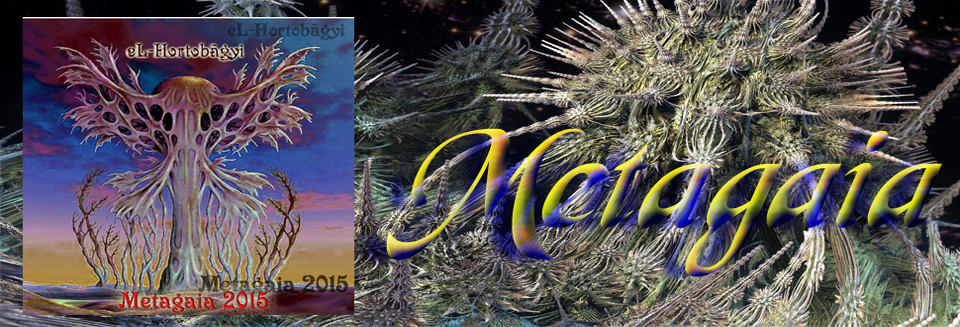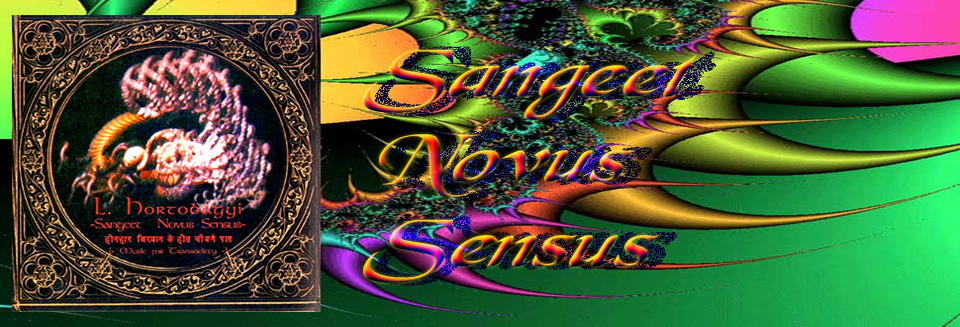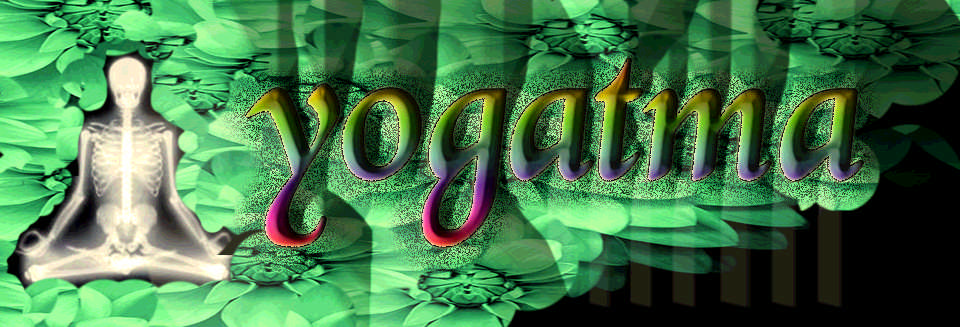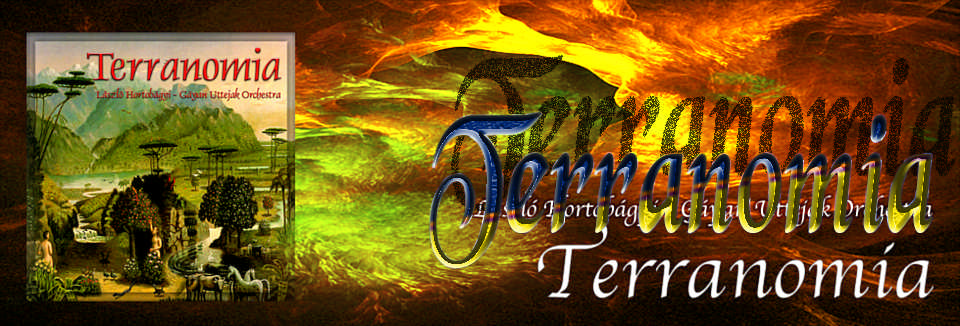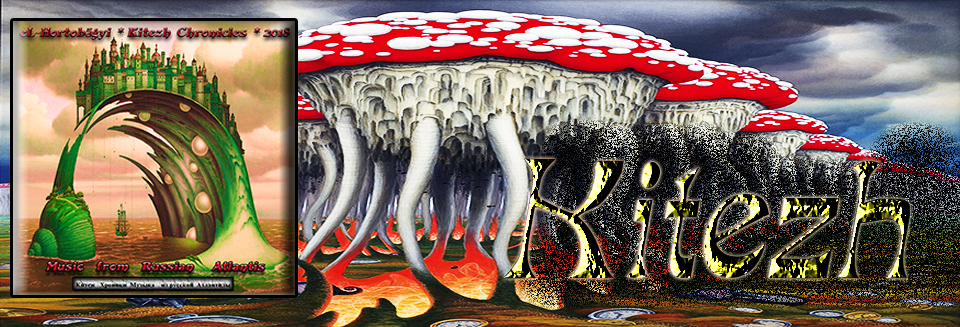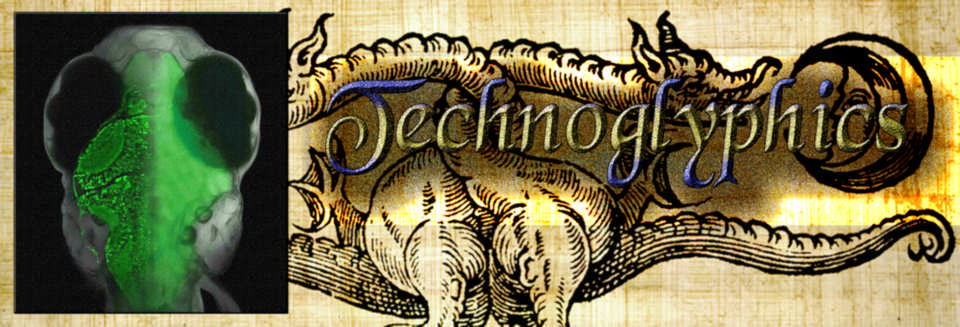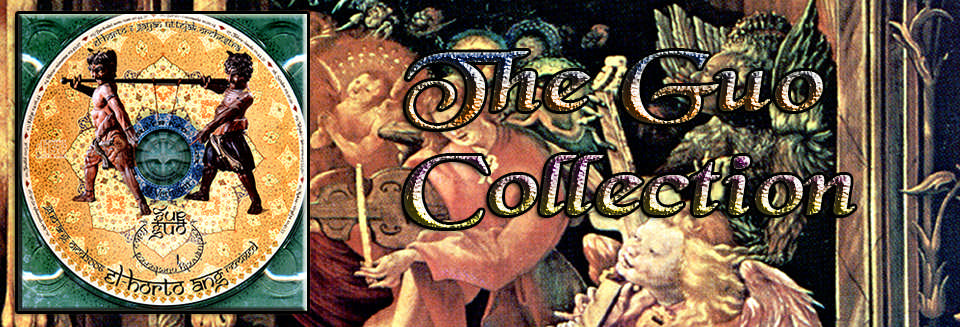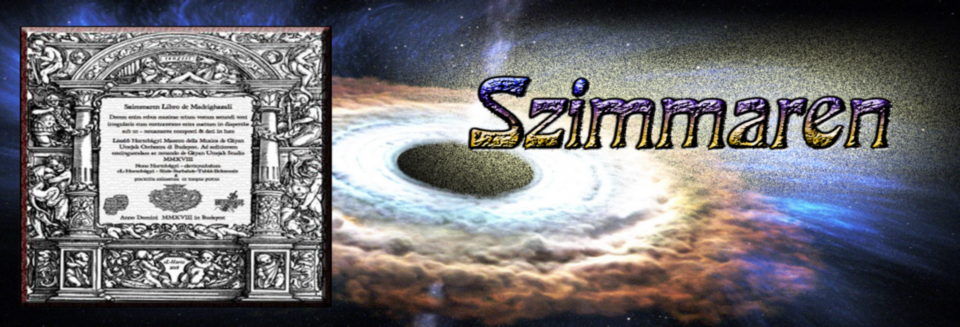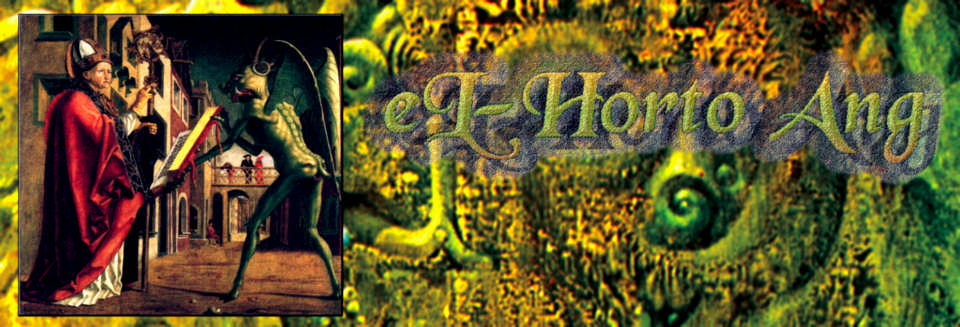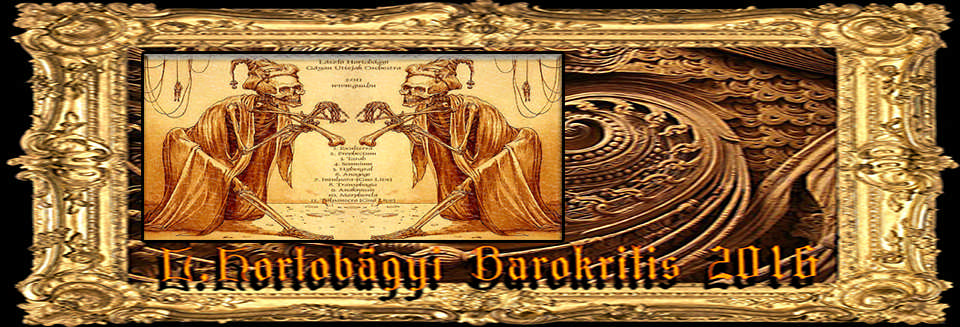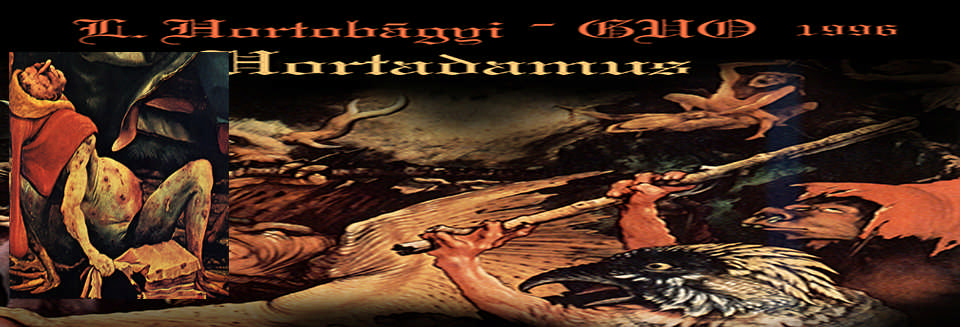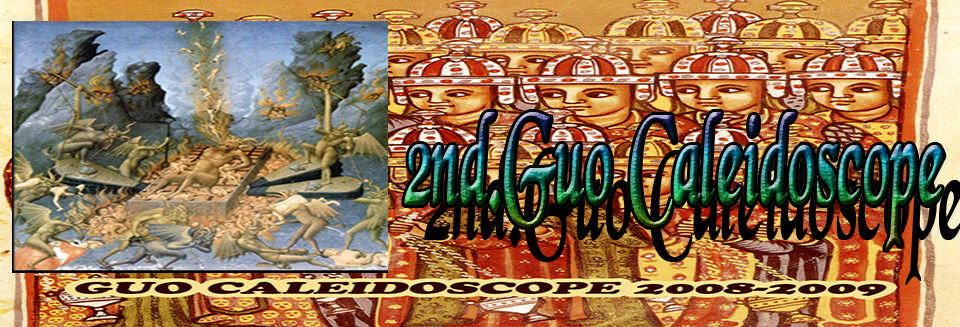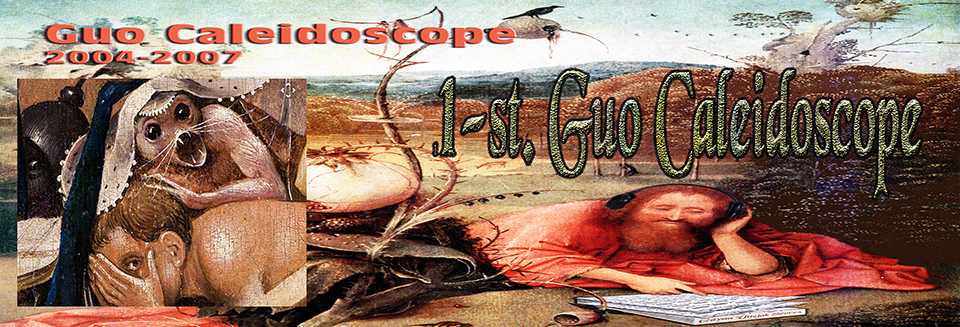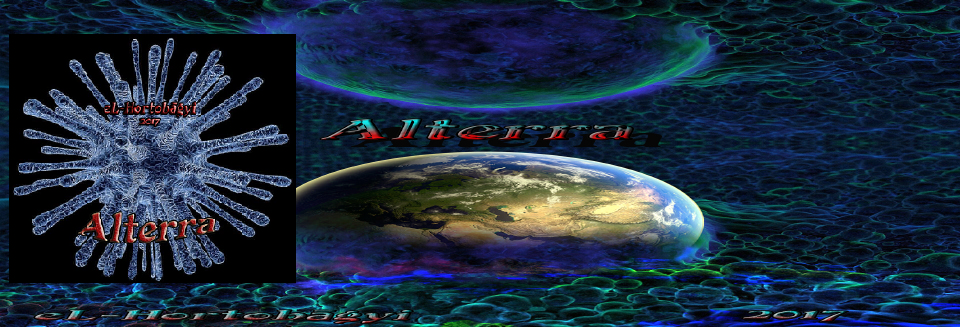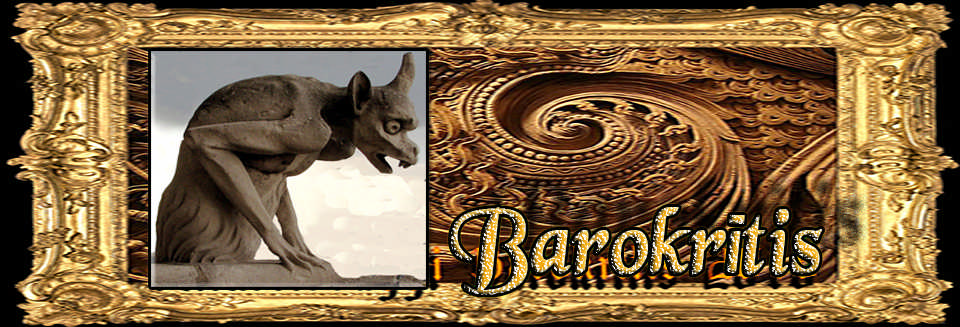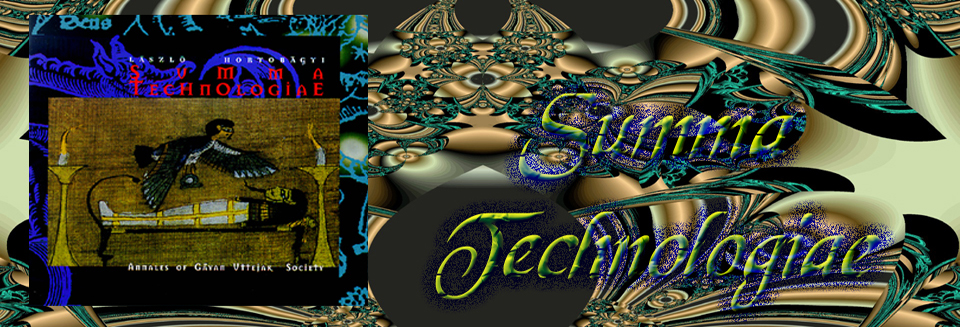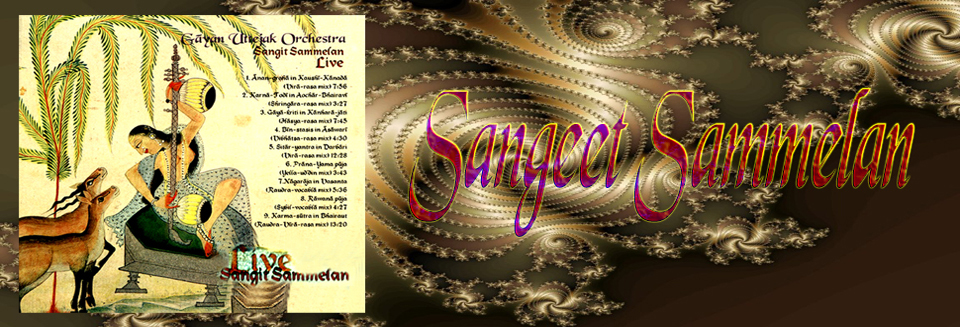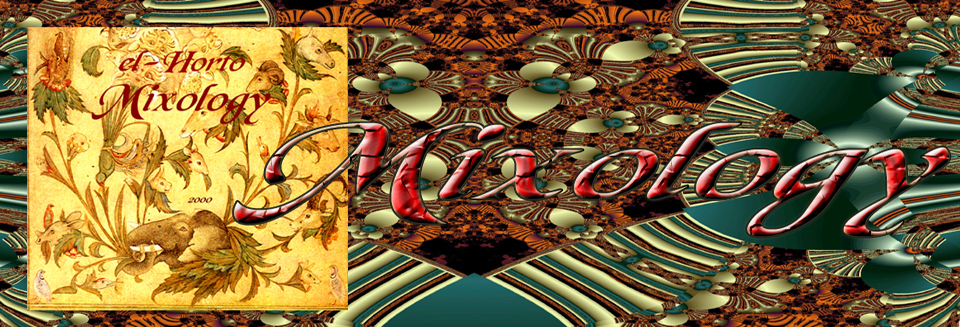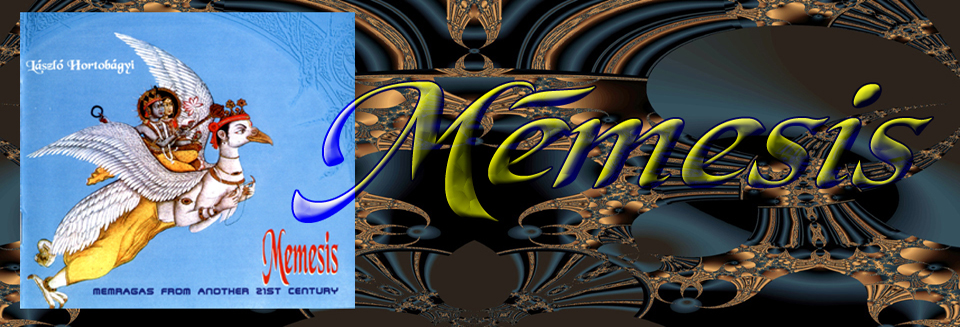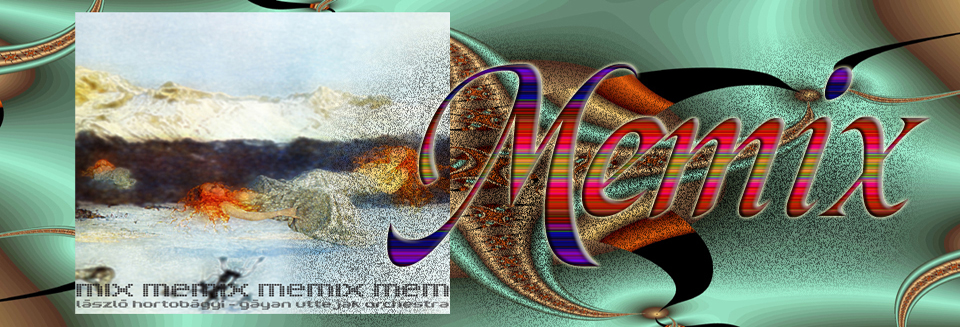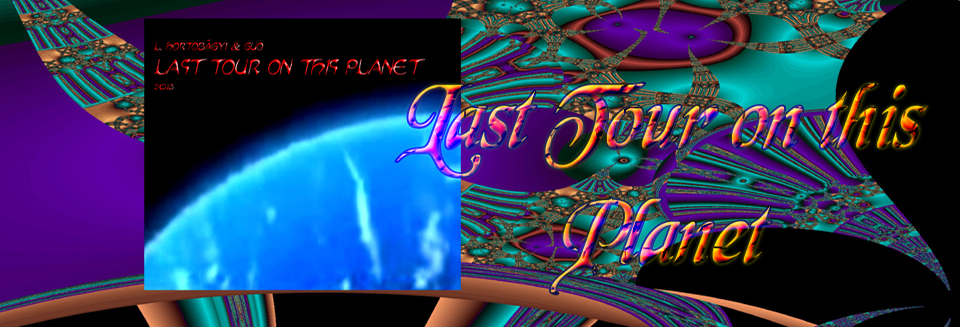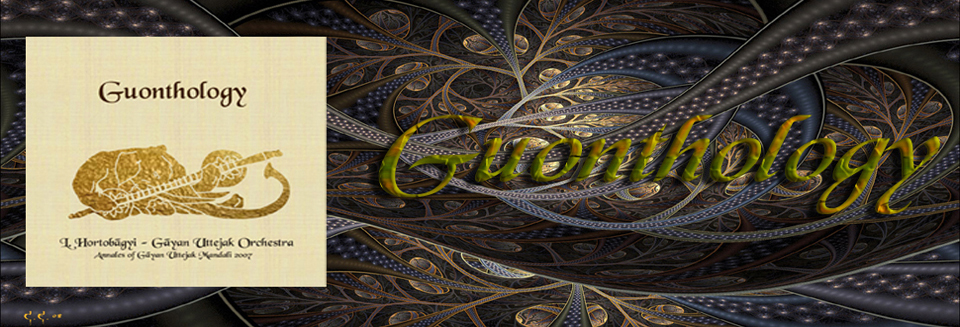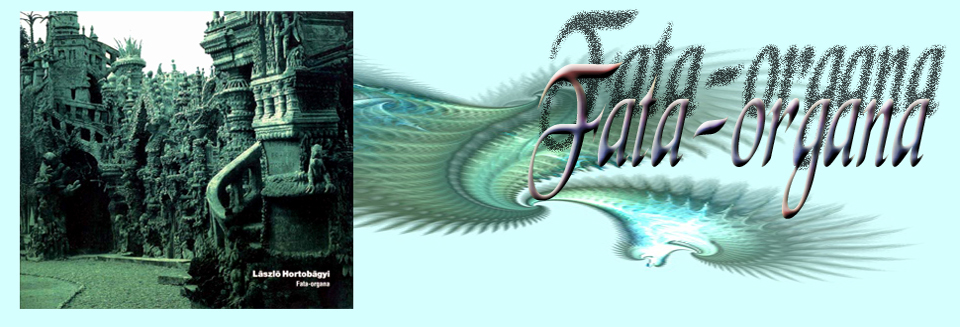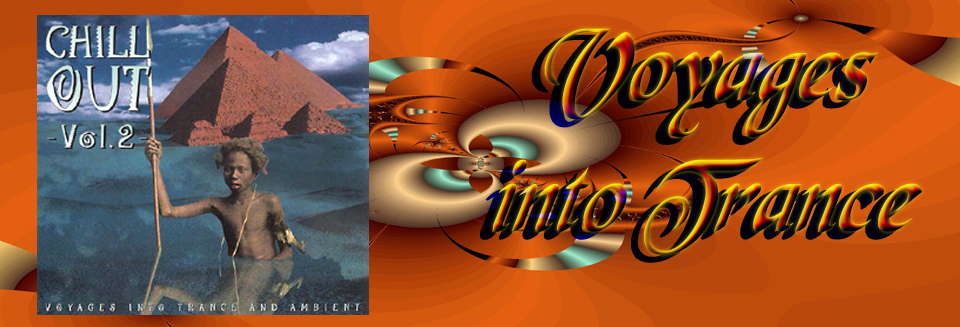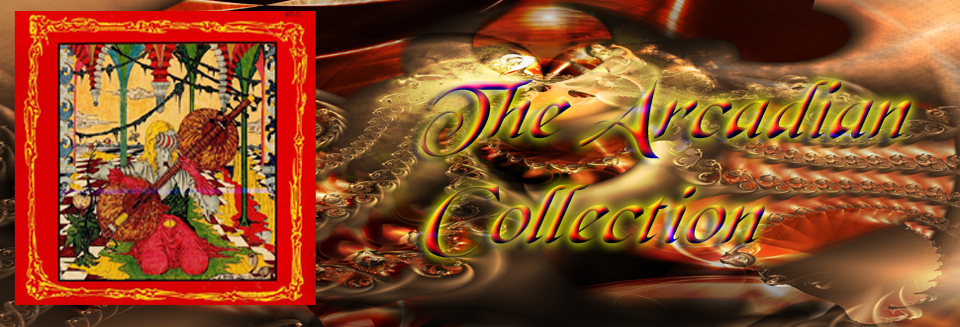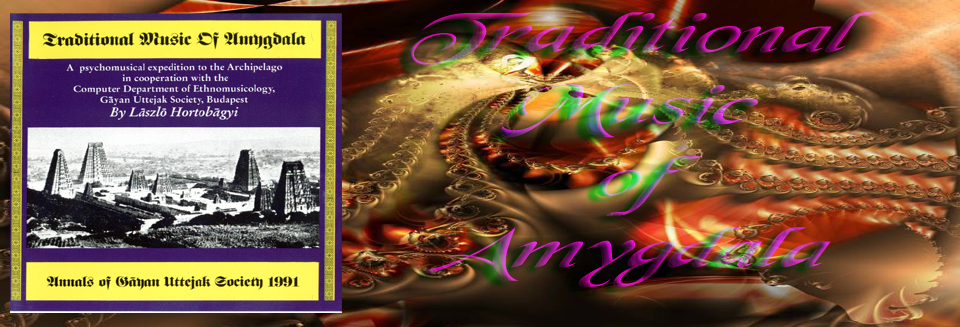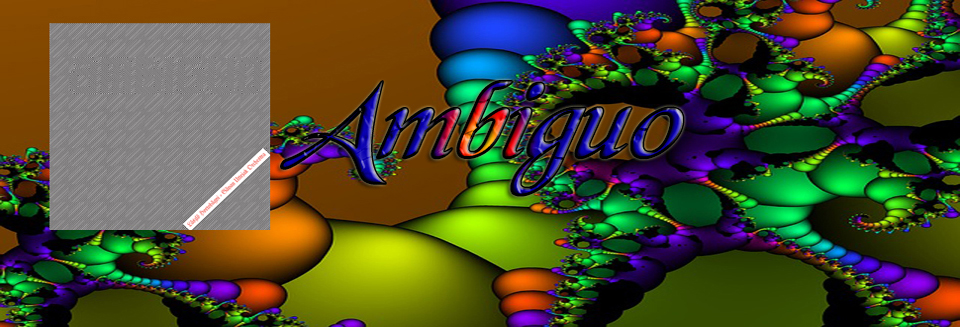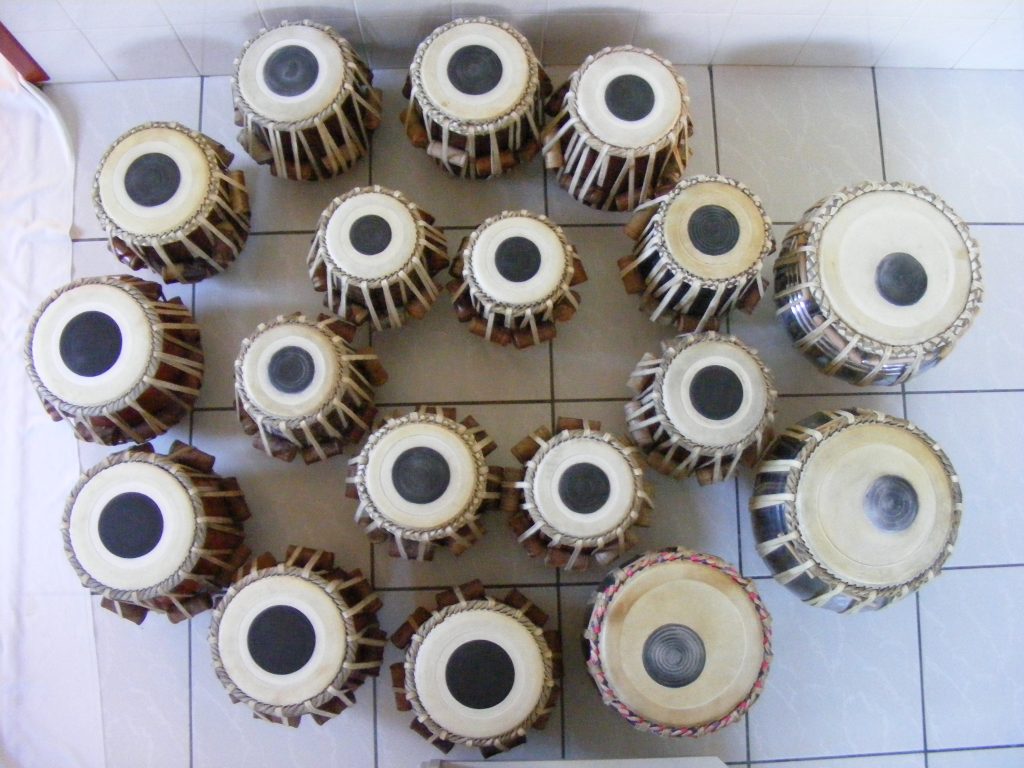Tārang Ang 1992 -2020
reMix – reMastered Version Series Vol.11.
audio & ordering:
https://amarxe.bandcamp.com/album/tarang-ang-1992-2020-re-mix-mastered-version-series-vol-11
https://youtu.be/qYE8bV5kYWw
01_Tārangothic (1991) 05:30
02_Tārangamelān (2004) 05:30
03_Moontārang (2009) 14:05
04_Tārangwānī (2010) 11:33
05_Sāgartārang (1996) 06:00
06_Tārangoa (2019) 09:50
07_Tārangainū (1997) 07:50
Let’s mention some of the great progenitors in near chronological order:
Shankar Rao Kapileshwāri, U. Abdul Karim Khān, Manohār G. Barwe, Jnan Prakāsh Ghosh, Harihar Rao, Pt.Kamalesh Maitra, Janardhan Abhyānkar, H.P. Rāmamurthy of Gānayogi Panchsāra Gāwāi, Milind Tulānkār, Sanjīv Kanitkār, etc. etc. who played this peculiar instrument to a high standard in classical times of Hindusthān Sangīt.
The term tārang (‘wave’) has also been applied to all tuned percussion instruments in general, e.g. kashuta-tārang, jal-tārang, duggi-tārang, loah-tārang, bul-bul tārang, etc.etc.
The classical musical emergence of tablā-tārang, along with its rudimentary applications in the travelling dance theatres of the time (e.g. Uday Shankar), dates from the early 20th century, with its distinctive acoustic sound based on the development of evolving tablā-manufacturing techniques and the training of multi-layered (goat) skins preparations.
The construction and composition of the “eye” (quasi speaker membrane) – the āk – found on most Indian percussion instruments is what makes them unique and tunable, and this artisanal technique has also made the tablā-tārang possible. Its classical composition, rice mucus, carbon black, bronze dust, is now used with all kinds of synthetic additives (see also the spread of teflon jawari for stringed instruments, along with the Lignum Vitae (greenheart) mania.
It is important to emphasize that this is the way to achieve the fine tuning of these melody tablā-s with shruti in classical performances, from which pitch sets (sampūrna, shādava, audava) can be created according to the rāga groups (jāti) to be performed.
As a late percussion of the gamelān structure that developed in Java and Bali under the influence of medieval Indian music, a polyrhythmic and microtonal melodic structure formation is being developed in Hindusthān.
In contrast to the one-dimensional (non-rotating, polarity not changer ) conga and other “West Indian” or jazzie percussion playing styles, the equally periodic tablā sangat that accompany classical tablā-tārang performances add an additional temporal and struktural layer of polyphony to the existing polyrhythmic fabric.
I mean, once upon a time, in the closed performances of the Mahārāja courts of classical times, especially those with Hindu roots.
In its current growing popularity, its use – with the loss of the essential shruti tuning – necessarily leads to the world of the operatic spectacle (spectaculum), already depicted in film scores, alongside the plague of pleasant sounding and handling types of metaldrums. Then came the electronic or sample-based tablā-tārang headpads, where, however, the option of cent tuning was left out of the development. Well done…
Further consideration of polyphonic polyrhythm structured with possible A. I. or granulated tārang sample- synthesis softwer, with consciousness-expanding and art form-enriching, was omitted.
This instrument use transfiguration in our time is aligned with the currently proliferating and increasingly popular claptrap hokum “world music” zombie-practice for example in the West Javanese gamelan-degung, ‘whiplash’-type Tablā Sammelan-s of India or Cambodian Pin Peat performances, too.
(Lāszlō Hortobāgyi (Hortator)
Tablā-tārang: Tibla T. Mōtyān & eL-Hortobāgyi
The instrument consists of 12 differently sized and multilayered leather-prepared tablā-s, some of which were made in the manufacture of Senior Quasim Khān Niyāzi and a few in Hathras.
*
Említsünk meg közel kronologikusan néhány nagy elődöt:
Shankar Rao Kapileshwāri, U. Abdul Karim Khān, Manohār G. Barwe, Jnan Prakāsh Ghosh, Harihar Rao, Pt.Kamalesh Maitra, Janardhan Abhyānkar, H.P. Rāmamurthy of Gānayogi Panchsāra Gāwāi, Milind Tulānkār, Sanjīv Kanitkār, etc. etc. akik Hindusthān-ban még a klasszikus időkben magas szinten játszottak ezen a különleges hangszeren.
A tārang (‘hullám) elnevezést korábban is általában minden hangolt űtőhangszerre alkalmazták, péld kashuta-tārang, jal-tārang, duggi-tārang, loah-tārang, bul-bul tārang, etc.etc.
A tablā-tārang a klasszikus zenei megjelenése a korabeli utazó táncszínházak (például: Uday Shankar) kezdetleges alkalmazásai mellett a 20. század elejére tehető, amelynek sajátos hangzású akusztikai alapjait a fejlődő tablā készítési technikák és a többrétegü (goat) bőrök kiképzéseinek fejlődése alapozta meg.
Az indiai ütőhangszerek nagyrészén megtalálható “szem” (kvázi hangszóró membrán) – ez az āk – kiképzése és összetétele teszi egyedülállóvá és hangolhatóvá ezeket hangszereket és e manufakturális technika tette lehetővé a tablā-tārang kialakítását is. Klasszikus összetétele: rizsnyák, korom, bronzpor, stb., jelenleg mindenféle szintetikus adalék anyagokat is alkalmaznak, (lásd még a teflon jawari-k elterjedését a húros hangszereknél, a Lignum Vitae (guajak fa) mánia mellett).
Fontos hangsúlyozni, hogy ennek révén valósítható meg a shruti finomságú hangolása ezeknek a dallam tablā-knak a klasszikus előadások során, amelyekből ílymódon az előadandó rāga csoportoknak megfelelő hangmagasság készleteket (szetteket) állíthatnak össze, (sampūrna, shādava, audava). A középkori indiai zene hatására Jává-n és Bali-n kifejlődött gamelān struktúra későkori visszasugárzásaként, egy egyidejü poliritmikus és mikrotonális dallamstruktúra képzés válik lehetővé Hindusthān-ban.
Szemben az egydimenziós (nem megforduló, polaritást sem váltó) konga és egyébb “nyugat-indiai” vagy jazz perkussziós játékmódokkal, a klasszikus tablā-tārang előadásokat kisérő, szintén periodikus tablā sangat-ok a meglévő poliritmikai szövetet egy további időbeli réteggel teszik hatványozottabban többszólamúvá.
Mármint egykor, a klasszikus idők, főleg hindu gyökerű mahārāja-udvarok zárt előadásaiban.
Jelenleg növekvő népszerüsége során a használata – a lényeget adó shruti hangolás elvesztése mellett – szükségszerüen elvezet a filmzenékben már korábban ábrázolt operai látványhangzás (spectaculum) világába, a kellemes hangzású és kezelésü hangdrum típusok pestise mellett. Majd megjelentek az elektronikus vagy sample bázisú tablā-tārang fejpadok, ahol azonban a fejlesztésekből kimaradt a cent hangolás opciója. Bravó !…
A lehetséges A. I. -kel, vagy granulált tārang sample-szintézis softwerrel struktúrált többszólamú poliritmia tudattágító és műforma gyarapító továbbgondolása elmaradt.
A hangszerhasználat korunkbeli átlényegülése igazodik a west-jáva-i gamelan-degung, a ‘whiplash’ tipusú Tablā Sammelan-ok vagy a cambodiai Pin Peat előadásokból lepusztuló vásári csinn-bumm handabanda előadások jelenleg szaporodó és egyre népszerübb “világzenei” zombi gyakorlatához.
(Hortobāgyi Lāszlō (Hortator)
Tablā-tārang: Tibla T. Mōtyān & eL-Hortobāgyi
A hangszer 12 db változó méretű és bőrözésű válogatott tablā készlete részben idősebb Quasim Khān Niyāzi műhelyében és Hathras-ban készültek.
*
CD GrFx Download
TraX Audition:
https://amarxe.bandcamp.com/album/tarang-ang-1992-2020-re-mix-mastered-version-series-vol-11


